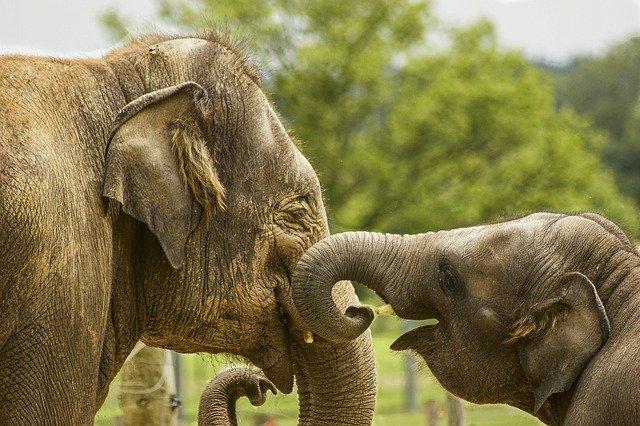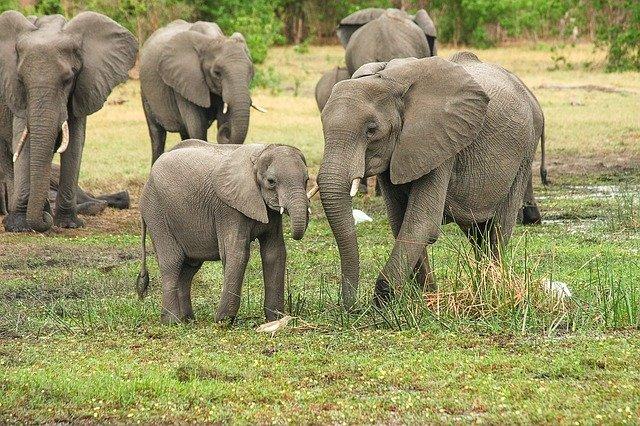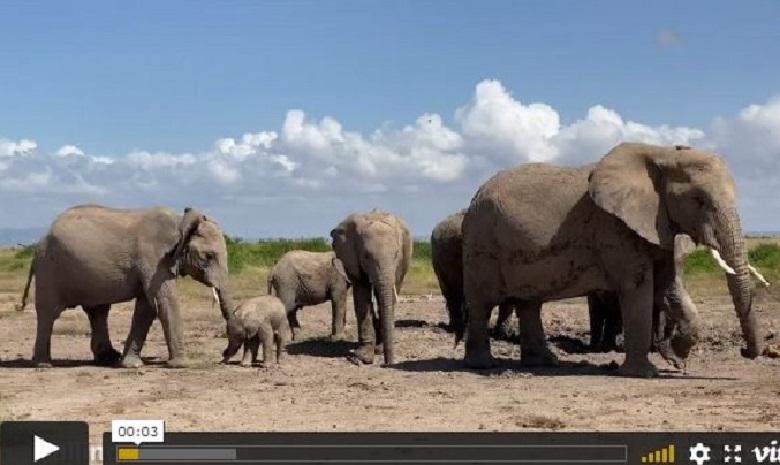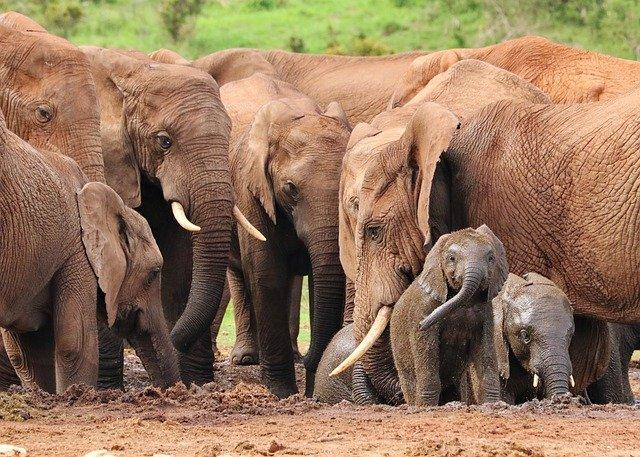How African elephants gossip about people

In 1975, 19-year-old Joyce Poole had an incredible chance: they offered her to study elephants in Kenya. The young researcher did not miss such a unique opportunity. As a result, these giant intelligent animals became part of her life. For 46 years of communication with elephants, Joyce even began to understand their language! The result is a vast video and audio encyclopedia of their behaviour and sounds.
It all started when researcher Cynthia Moss, who at that time was at the very beginning of her journey to study female African elephants, invited a college student Joyce Poole to follow her example but to study not females, but males. At the same time, Moss joked that the males, they say, are too boring for her. Poole quickly proved otherwise. As it turns out, their behaviour is fascinating.

Poole is now a National Geographic researcher and one of the world’s experts on the behaviour of African elephants. Together with her husband, she founded the non-profit organization ElephantVoices, which aims to educate people about how elephants communicate and how important it is to preserve them on our planet.
Thousands of behaviours
Based on the data and videos accumulated over the years in the Amboseli National Reserve in Kenya and the Gorongosa National Park in Mozambique, the couple created an ethogram of the African elephant. It is the world’s most complete audiovisual library on elephant behaviour. They posted it on the Internet, and anyone can read it.
Now that the International Union for Conservation of Nature has listed African savannah and African forest elephants as endangered species, the ethogram of Joyce and her husband has gained special value. At the moment, there are 415,000 African elephants left on Earth, and this is very small considering that in 1950 there were about five million of them.
How did Joyce study elephants?
At first, she noticed their special postures and gestures when pronouncing certain sounds and recording them on video. The couple began working on an ethogram of African elephants in 2017, only 35 years after observing these animals. From 2,400 videos of elephant behaviour, the spouses selected the most representative examples of behaviour and added written descriptions to them.
How elephants communicate
To communicate with their kind, elephants use various vocalizations – from mighty roars to low-frequency rumbles. Their sounds also include snorting, barking, grunting, trumpets, shouts, and even imitation sounds. These calls are essential signals for the survival of the elephant family.

“Elephants are great team players,” Poole said. To survive in nature, in opposition to such “intelligent predators” as humans, it is important for the elephant family that the animals stick together and help each other. “And I must say, the elephants have developed sophisticated communication as part of this teamwork.”
For example, an elephant uses his body to point his fellows in the direction he wants to go. But, at the same time, he sometimes raises his leg. And to tell others, “Let’s go”, the elephant makes rumbling sounds and flaps its ears.

In above screenshot is an illustrative example of communication between an elephant family recorded by scientists on video. Mother Coral has a newborn male elephant that lags during the journey, distracted by studying the soil. Another mother elephant tries to lead him, but Coral does not like her interference, and she returns to drive her away and take him. She gently pulls him along with her trunk and coos with him. As soon as he starts to move in the right direction, she turns and moves on. The baby falls silent again, and his older brother, Kenki, gently pushes him forward.
The key to strengthening the bond within the family of these animals is greeting. For elephants, this is a whole ceremony. They emit a welcoming roar, raising their heads high, vigorously flapping their ears, extending their front legs to their relatives and touching family members with their trunks. At the same time, they have discharge from the temporal glands, and they also urinate and defecate. And sometimes elephants show their excitement about being back together by clanking their tusks and spinning as if they were doing pirouettes.
“I was also amazed at how much time elephants spend thinking. To most people, the contemplating elephant looks like it is doing nothing. That is why most people are interested in watching the mating of these animals in the wild – here, the elephants at least somehow manifest themselves,” says the researcher. After all, the rest of the time, most elephants, even a happy couple, just stand and watch what is happening around them. Males are immobile because they wait for the female to move.

Joyce says it’s important for her to know what the elephants are saying to each other. She knows for sure that these animals say really difficult things.
“I guess they“ talk ”a lot about us – about people. And how they should react to us. In some habitats, elephants are afraid of people because of what they did to them. For example, in Gorongos, elephants became very shy and aggressive towards humans due to a long civil war from 1972 to 1992.
The researcher said that in Gorongos, elephants from time to time issued a peculiar call, which she had never heard before. It was very low in frequency, flat and pulsating.
Thus, the elephant warned its relatives that we are dangerous. And in general, elephants are always under great stress because they have to hear us and follow us all the time, says the researcher.

African Savannah elephants are among the most socially complex species (other than humans) on our planet. Still, their lives and behaviour are increasingly dependent on humans. The elephant ethogram includes the rare, new and distinctive behaviour of these animals and those they acquire due to social learning in response to rapidly growing anthropogenic threats.
The library of Poole and her husband includes understood and typical patterns of behaviour and new, unusual ones, which researchers of elephants cannot yet explain. For example, they still cannot decipher the peculiar “squeak” emitted by elephants. Elephants, as you know, are not timid animals. They shy away from people in the wild, but sometimes they come to a person.




